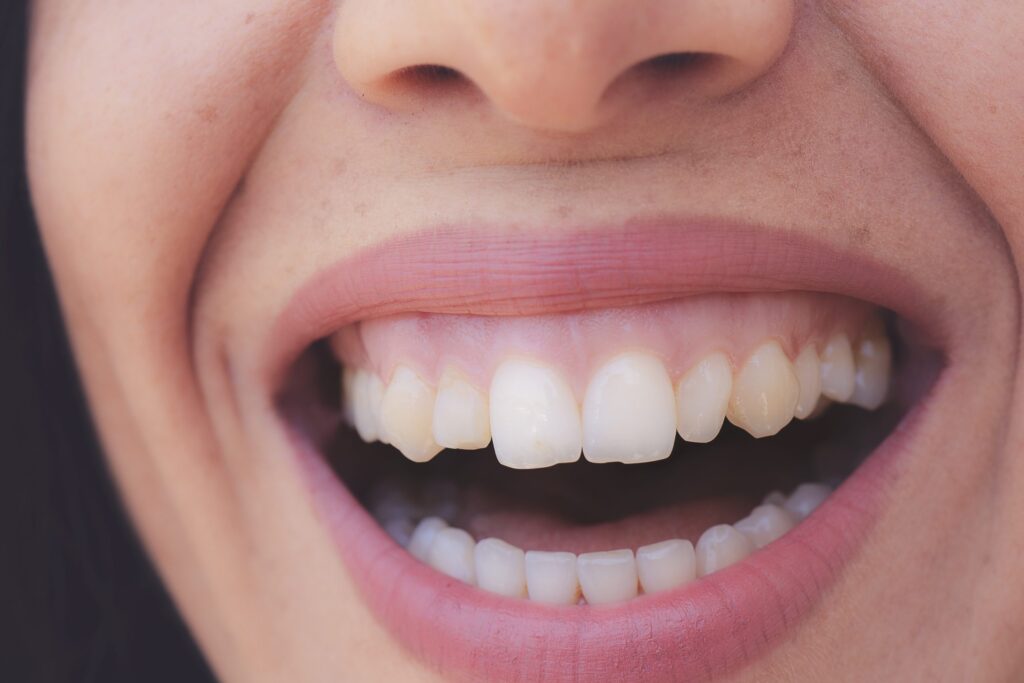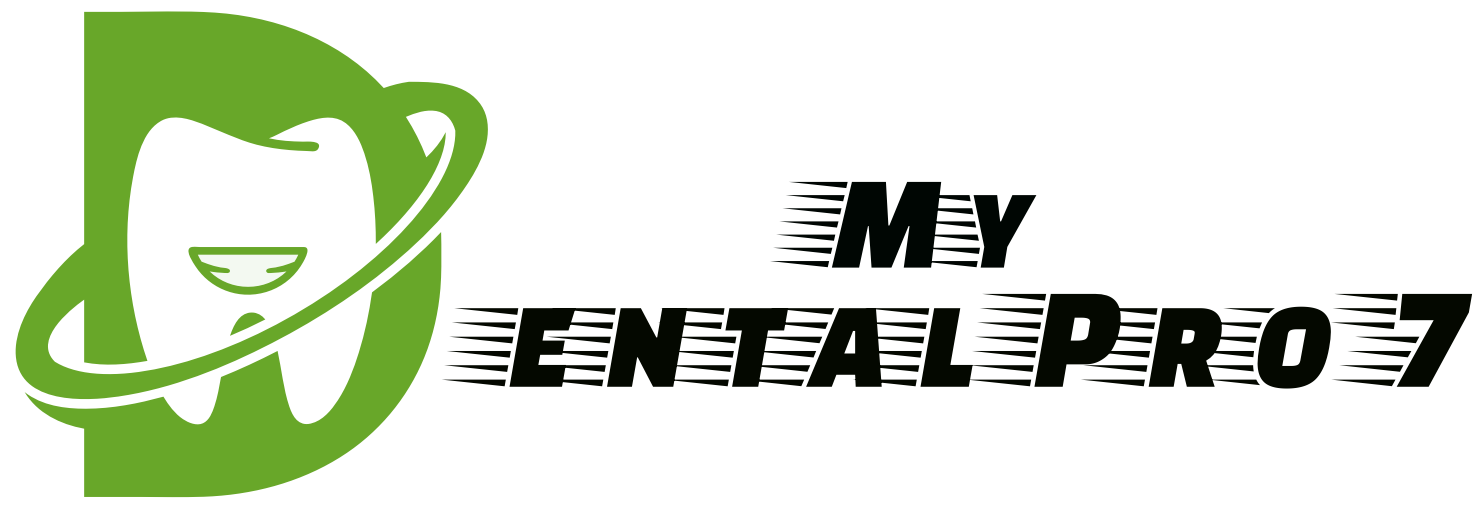
Don’t Let Gum Disease Ruin Your Smile- Gum Graft Cost With Insurance
Gum disease is a serious oral health condition that can lead to tooth loss and other problems if left untreated. Thankfully, treatments are available to help stop the progression of gum disease and restore your smile. One such treatment is a gum graft, which can be used to repair damage caused by gum disease. While gum grafts are generally considered safe and effective, they can be costly. The good news is that many dental insurance plans cover at least a portion of the cost of a gum graft. This means you may only have to pay a small out-of-pocket expense for this important procedure.
This blog post will give you an overview of what to expect about “gum graft cost with insurance” coverage. We’ll also provide tips on getting the most out of your dental insurance coverage. So, if you’re considering gum graft surgery, keep reading!
The Average Cost of a Gum Graft with Insurance
A gum graft is one of the most expensive dental procedures. It may be necessary for you to have a grafted tooth to cover your exposed tooth roots. This treatment is typically used in cases where periodontal disease has progressed to the point where tooth loss is inevitable. With a gum graft, your gums can look better and last longer. Furthermore, it may prevent further bone loss. However, some people may develop an infection after the surgery. Another potential complication is the body rejecting a graft.
Gum grafts are relatively common dental procedures, but they can be costly. The cost depends on several factors, including the extent of gum recession, which dental professional performed the surgery, and the tissue source. Because periodontists are specialists in the field of gums, they will charge a higher price than general dentists. Also, donor tissue will cost more than tissue from another mouth area. However, many insurance plans will cover part or all of the cost.
The location of the procedure also affects the cost. Depending on the number of teeth involved, a larger area will require more tissue and sutures. In addition, it will take more time to perform the procedure. The procedure itself costs around $500. Before scheduling the procedure, ask the periodontist about payment plans. Some clinics will pay a portion of the cost at one time, while others will allow you to make monthly payments.

If you have dental insurance, the cost of a gum graft may be covered. However, it can be very costly for individuals who do not have dental insurance. Even if your insurance plan covers some of the costs of the procedure, it is best to ask your provider for a specific estimate.
Does Insurance Cover Gum Graft Surgery?
Gum recession is a common oral health problem leading to severe tooth sensitivity. If left untreated, this condition can progress and lead to tooth loss. A gum graft is a treatment for this condition and can improve the appearance of your gum tissue and reduce the risk of tooth loss.
After the procedure, you will be given instructions on how to care for your new gum tissue. While many dental insurance plans cover a portion of the cost of gum graft surgery, some do not. Call your dental provider to find out what your insurance covers and ask about any specific benefits or co-pay requirements. You can also check your health savings account to see if your policy covers the procedure.

Many dental insurance plans cover gum graft surgery for medical reasons, such as gum recession or periodontal disease. The coverage varies, however, depending on the plan and the carrier. Dental insurance will generally cover a portion of the procedure, though the patient will be responsible for the remaining costs. Some dental plans offer payment and financing options for these procedures, and others have no out-of-pocket costs.
In most cases, gum grafting surgery is covered by insurance. However, it is important to note that gum surgery costs will vary from person to person and that the amount you pay will depend on the extent of gum recession and the type of surgery.
Factors That Affect the Cost of a Gum Graft
The Size of the Graft
One of the primary factors that will affect the cost of a gum graft is the size of the graft. The larger the graft, the more expensive it will be. This is because larger grafts require more tissue and take longer to perform.
The Number of Teeth Involved
Another factor affecting the cost of a gum graft is the number of teeth involved. If you only need a gum graft on one tooth, it will be less expensive than if you need a gum graft on multiple teeth. This is because more time and effort are required to treat multiple teeth.
The Type of Graft
The type of gum graft you have will also affect the cost. There are two main types of gum grafts: free gingival grafts and pedicle grafts. Free gingival grafts are more expensive than pedicle grafts because they require more tissue and are more difficult to perform.
The Location of the Graft
The location of the gum graft will also play a role in its cost. If you need a gum graft on your front teeth, it will be less expensive than if you need a gum graft on your back teeth. This is because front teeth are easier to access and require less treatment.
The Experience of the Surgeon
The surgeon’s experience performing the gum graft will also affect its cost. A surgeon who has performed many gum grafts will typically charge more than a surgeon just starting. This is because experienced surgeons have more expertise and usually get better results.
The Facility Where the Procedure Is Performed
The facility where the procedure is performed will also play a role in its cost. If you have your gum graft done in a hospital, it will be more expensive than if you have it done in an outpatient center or dental office. This is because hospitals typically charge more for their services.
Your Insurance Coverage
Finally, your insurance coverage will also affect the cost of your gum graft. If your insurance covers gum grafts, you will probably only have to pay a portion of the total cost. However, if your insurance plan does not cover gum grafts, you will likely have to pay the entire cost yourself.
What is the Best Way to Pay for a Gum Graft?
One of the most common questions is, “What is the best way to pay for a gum graft?” The answer, unfortunately, is that there is no one-size-fits-all answer. The cost of a gum graft can vary depending on several factors, including the Gum Disease’s severity, the graft’s size, the type of procedure used, and the geographical location. That being said, a few general principles can help you make the best decision for your situation.
- First, it’s important to understand that gum grafts are typically cosmetic procedures. As such, they are usually not covered by dental insurance. Even if your insurance does cover gum grafts, it’s important to remember that you will likely be responsible for paying a portion of the cost out-of-pocket.
- Second, while gum grafts can be expensive, it’s important to remember that they are also potentially life-saving procedures. In severe cases of Gum Disease, the bone surrounding the teeth can be destroyed. This can lead to tooth loss and serious health problems down the road. As such, it’s important to weigh the cost of a gum graft against the potential cost of not having one.
- Finally, when considering how to pay for a gum graft, you must talk to your dentist about financing options. In many cases, dentists are willing to work with patients to develop payment plans that fit their budgets. All in all, while there is no easy answer to the question “What is the best way to pay for a gum graft?” we hope that this article has given you some food for thought.

Tips for Saving Money on a Gum Graft Procedure
Look for a Dentist That Offers a Discount
One way to save money on a gum graft procedure is to look for a dentist that offers a discount. Many dentists offer discounts for patients who pay cash or have dental insurance. Additionally, some dentists offer discounts for patients who schedule their appointment during certain times of the day or week.
Shop Around for the Best Price
Another way to save money on a gum graft procedure is to shop for the best price. Several websites allow you to compare the prices of different dental procedures, including gum grafts. Additionally, you can ask your dentist if they know of any dentists in your area who offer discounts on gum graft procedures.
Consider getting the procedure done in stages
If a gum graft costs are too expensive, you may be able to get the procedure done in stages, making it more affordable.
Use a Dental Savings Plan
If you cannot find a dentist offering a gum graft procedure discount, you may want to consider using a dental savings plan. Dental savings plans are similar to health insurance plans but typically have much lower monthly premiums and higher deductibles. However, dental savings plans can still help you save money on dental procedures, including gum grafts.
Ask Your Dentist About Payment Plans
If you cannot afford to pay for a gum graft procedure upfront, you may want to ask your dentist about payment plans. Many dentists offer financing options or payment plans that allow patients to make monthly payments toward their dental bills. Some credit cards offer 0% interest financing for dental procedures, which can help you save money on interest charges.
Use Your Flexible Spending Account
If you have a flexible spending account (FSA), you may be able to use it to cover the cost of your gum graft procedure. FSAs are accounts that allow employees to set aside pre-tax dollars to cover eligible medical expenses. Since gum grafts are considered medical procedures, they may be covered by your FSA. However, checking with your FSA administrator before using your account to pay for your procedure is important.
Get a Second Opinion
Finally, if you are considering having a gum graft procedure, you may want to get a second opinion from another dentist before making your decision. While most dentists will recommend a gum graft for patients with receding gums, other options may be more suitable for your case.
The cost of a gum graft can vary depending on your insurance coverage. If you have dental insurance, your policy may cover part or all of the cost of the procedure. However, checking with your insurance provider to see what is covered under your specific plan is important. If you don’t have dental insurance, or if your insurance doesn’t cover gum grafts, you may be responsible for paying the entire procedure cost out of pocket. Consult a dentist or oral surgeon to get an accurate estimate of your gum graft cost. They will be able to provide you with a quote based on your individual needs.
